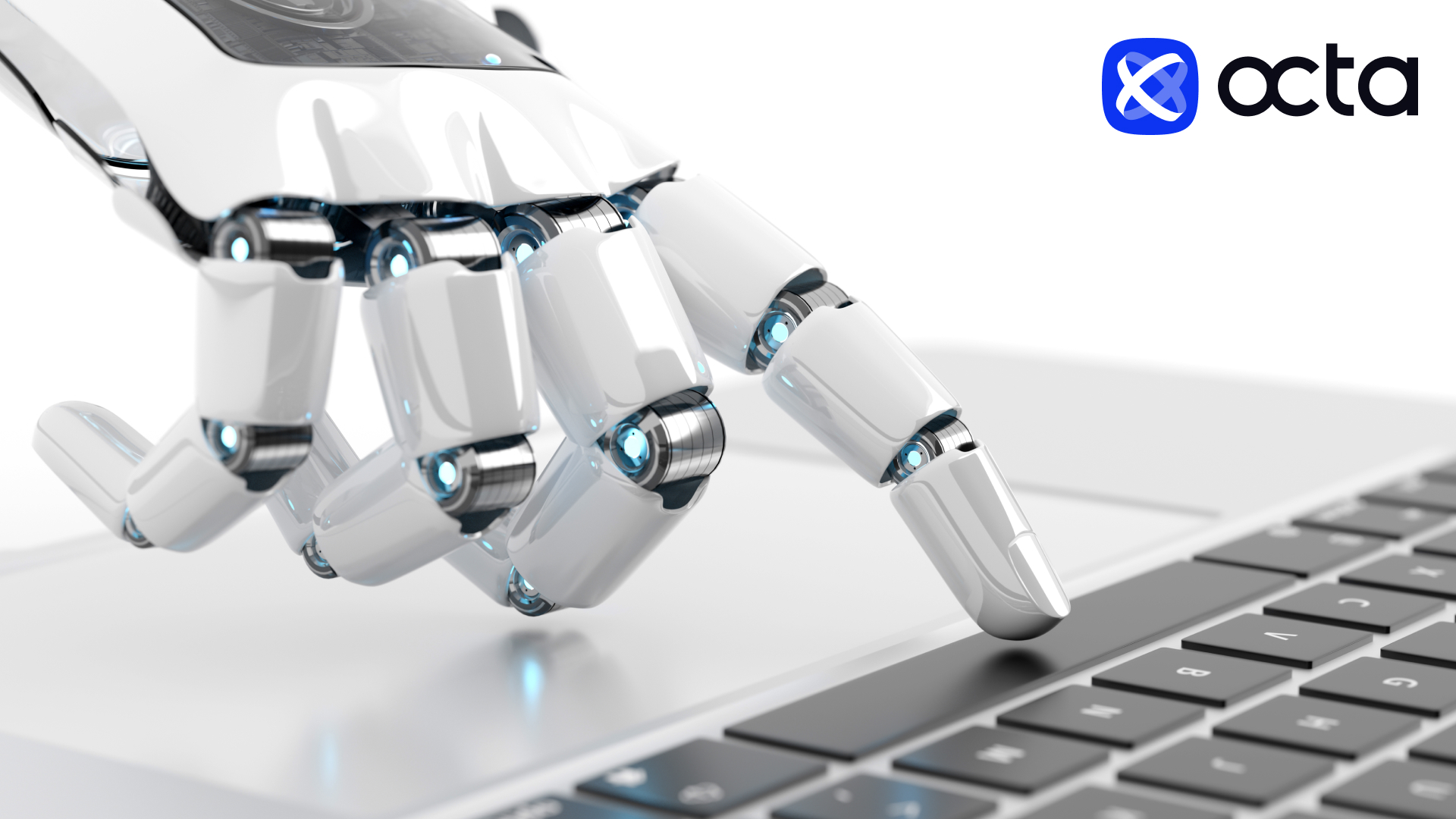
Emerging
AI
trends
in
trading
for
2025
Machine
learning
continues
to
redefine
the
trading
landscape
by
enhancing
the
speed
and
precision
of
market
analysis.
The
2024
IMF
Global
Financial
Stability
Report,
Chapter
3,
highlights
that
advancements
in
artificial
intelligence
are
poised
to
improve
market
efficiency.
To
be
more
precise,
AI-driven
tools
are
expected
to
enable
faster
portfolio
rebalancing
and
more
efficient
processing
of
large
trades
in
asset
classes
like
equities
and
bonds.
However,
the
IMF
also
notes
the
potential
risks
associated
with
these
technologies,
such
as
heightened
volatility
during
market
stress.
Neural networks, particularly large language models (LLMs), have shown immense potential for sentiment analysis in trading. Since their introduction in 2017, the share of AI-related patent applications in algorithmic trading has surged from 19% to over 50% annually. The tools are already deployed to process market sentiment from news and social media in near real-time, offering traders insights into geopolitical developments and economic forecasts.
Algorithmic trading has grown substantially, with AI-driven systems enabling faster execution and reduced operational errors. High-frequency trading powered by AI has seen significant adoption, particularly in liquid asset classes such as equities and derivatives. While detailed statistics on future adoption rates remain speculative, the World Trade Organization’s focus on the digital transformation of markets underscores the increasing reliance on automation to enhance trading efficiency and liquidity.
Opportunities
for
traders
in
2025
AI’s
capacity
to
process
sizable
quantities
of
historical
and
real-time
facts
allows
investors
to
benefit
from
predictive
insights
that
had
been
formerly
inconceivable.
Advancements
in
AI-powered
predictive
analytics
are
changing
how
we
forecast
international
markets
by
making
predictions
more
accurate
and
providing
clear,
actionable
insights.
These
tools
are
transforming
financial
markets,
helping
investors
spot
trends
and
respond
to
changes
with
greater
confidence.
Emotions can often get in the way of smart trading decisions, especially when markets are highly volatile. AI helps solve this problem by relying purely on data and predictive models for decision-making. According to the IMF’s Global Financial Stability Report, AI-driven tools are already helping retail traders manage risks more effectively and avoid impulsive trades that could lead to losses.
As AI tool costs decrease, features like real-time portfolio optimisation and automated trading strategies are becoming accessible to individual traders. Previously available only to large financial institutions, these advanced tools are levelling the playing field, enabling retail investors to trade with more confidence and accuracy.
Risks
and
challenges
in
AI
integration
AI-driven
business
strategies
come
with
inherent
risks.
The
IMF
warns
that
over-reliance
on
algorithmic
models
could
increase
market
volatility
during
a
global
crisis.
For
example,
AI-driven
exchanges
exhibited
herd-like
behaviour
during
the
March
2020
market
turmoil.
This
resulted
in
significant
price
volatility
and
required
a
robust
regulatory
mechanism
to
manage
the
risks
involved.
The integrity of AI systems faces increasing security challenges. Research shows that the effectiveness of AI models depends on data quality and security. Recent statistics reveal an alarming trend: cyber threats targeting AI are increasing by 47%. The industry requires robust security measures to protect the algorithms against data manipulation and unauthorised access.
While AI offers tremendous value, its complexity poses a challenge for low-tech businesses. The complexity of advanced AI systems makes it crucial to have accessible training resources and intuitive interfaces. These tools help traders, especially newcomers, understand and use AI effectively, paving the way for broader adoption across trading communities.
Preparing
for
AI-driven
transformation
Thriving
in
an
AI-pushed
trading
environment
requires
specific
training.
Otherwise,
traders
risk
facing
sophisticated
systems
they
can’t
properly
handle
or
misusing
AI-based
tools,
consequently
missing
out
on
their
benefits.
To
prepare
for
future
AI
tools,
traders
should
try
the
available
software
now.
The
safest
option
is
to
test
AI
deployment
when
trading
on
a
demo
account.
This
option
is
available
on
trading
platforms
provided
by
global
brokers
like
Octa.
For
example,
Octa
broker
currently
uses
AI
to
facilitate
graph
analysis
and
boost
pattern
identification
when
conducting
technical
analysis.
Following
the
increased
AI
adoption
trend,
the
company
will
likely
keep
embedding
more
AI-based
tools
on
the
platform.
AI is set to further redefine trading in 2025. From enhanced predictive analytics to democratising organisational productivity tools, the technology enables traders to make smarter, faster decisions. However, sustainable usage should remain at the core. One should be aware of risks such as over-reliance on algorithms and data security. To mitigate these risks, a reasonable strategy would be to combine AI-based analytics with human market monitoring and decision-making. AI should be perceived as a convenient tool rather than a magic pill for making accurate trading decisions.
Hashtag: #Octa
The issuer is solely responsible for the content of this announcement.
Support InfoStride News' Credible Journalism: Only credible journalism can guarantee a fair, accountable and transparent society, including democracy and government. It involves a lot of efforts and money. We need your support. Click here to Donate
